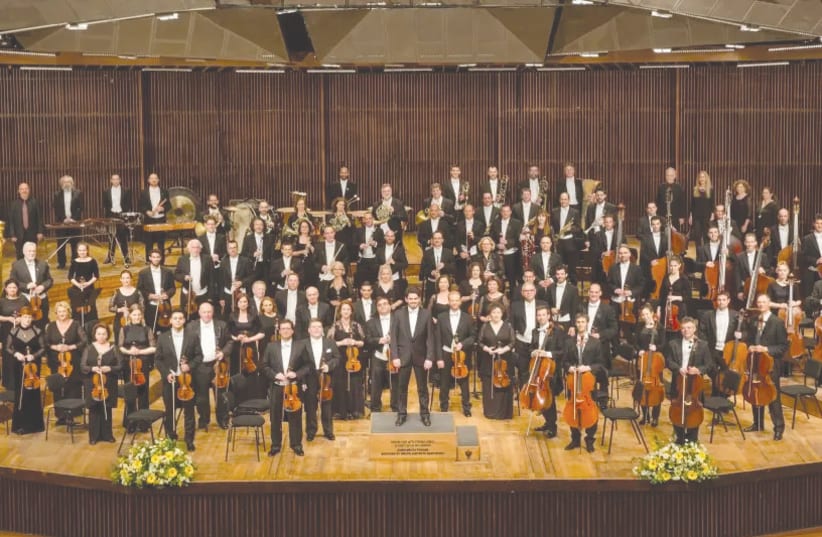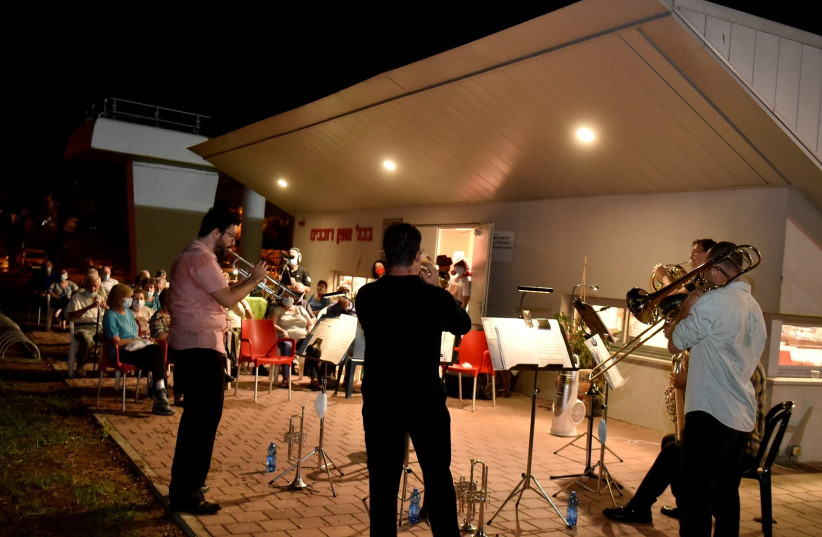IPOCharles Bronfman Auditorium, Tel AvivOctober 19
The Israel Philharmonic Orchestra opens its season with a definite air of excitement. After a year of corona, one of cultural stops and starts, secretary-general of the IPO Avi Shoshani breathes a sigh of relief as he points out that the ’21-’22 concert season has fewer restrictions and regularly spaced seating.
“The IPO has 10 different series of concerts,” Shoshani explains.
The first five opening concerts (October 7-13) brought Lahav Shani, music director of the IPO, to the podium, and featured the IPO premiere of Israeli composer Noam Sheriff’s “Music for Woodwinds, trombone, piano, and Bass,” and a performance of “Tchaikovsky: Violin Concerto” by noted American violinist Joshua Bell.
Then, between October 18 and 22, Shani and the IPO welcomed Israeli superstar, renowned violinist/violist Pinchas Zukerman for two different programs: one in which Zukerman performed the Bruch Violin Concerto No.1, with comments by Dr. Orit Wolf (in the Intermezzo series), and the orchestra performed Tchaikovsky Symphony No. 4. In the second program, Zukerman returned to the stage, trading his violin for his viola, and performed the Viola Concerto by Bela Bartók.
The viola is an instrument slightly larger than the violin. Its sound is deeper and more mellow, and has different requirements for precise intonation. In symphonic and chamber music, it usually plays the supporting role. In the hands of Zukerman, its voice soared sweetly through all the registers.
Zukerman’s technique was accurate and brilliant in cadenzas as well as in the fast and ecstatic passages where could be heard the musical influences of the Roma gypsy peasants of Eastern Europe which Bartók loved.
Throughout the evening, the skill and depth of conductor Shani’s knowledge, charm and talent were noticeable.
After opening with “Hatikva,” Shani stepped off the podium and spoke to the audience about the first selection of the evening, “Atmosphere,” by György Ligeti (1903—2006).
He explained in concise and user-friendly terms what to listen for in this piece, which is a painting in sound. There is no harmony and much dissonance; no discernible rhythmic patterns but the feeling of a steady pulse; no recognizable melody but a swirling mass of sounds that are connected to one another by an electronic thread.
It is about nine minutes in duration, and when it finishes, one has the feeling of having been in another sphere. When the audience came down, they showed their pleasure.
One could say that the first half of the concert provided no memorable melodies to take home. However, the second half allayed all fears, as Shani and the IPO performed Symphony No. 4 in F minor by Pyotr Ilyich Tchaikovsky, a piece of melodic beauty, grandeur, soulful despair as well as delight.
I thought the third movement of the symphony, which is played pizzicato by the strings and alternates with solo passages played by the winds, to be extremely beautiful, well shaped and performed.
Throughout the evening, Shani and IPO members displayed a sense of connectivity, overall skill and attention to nuance, as they opened their concert season in an atmosphere of change.

